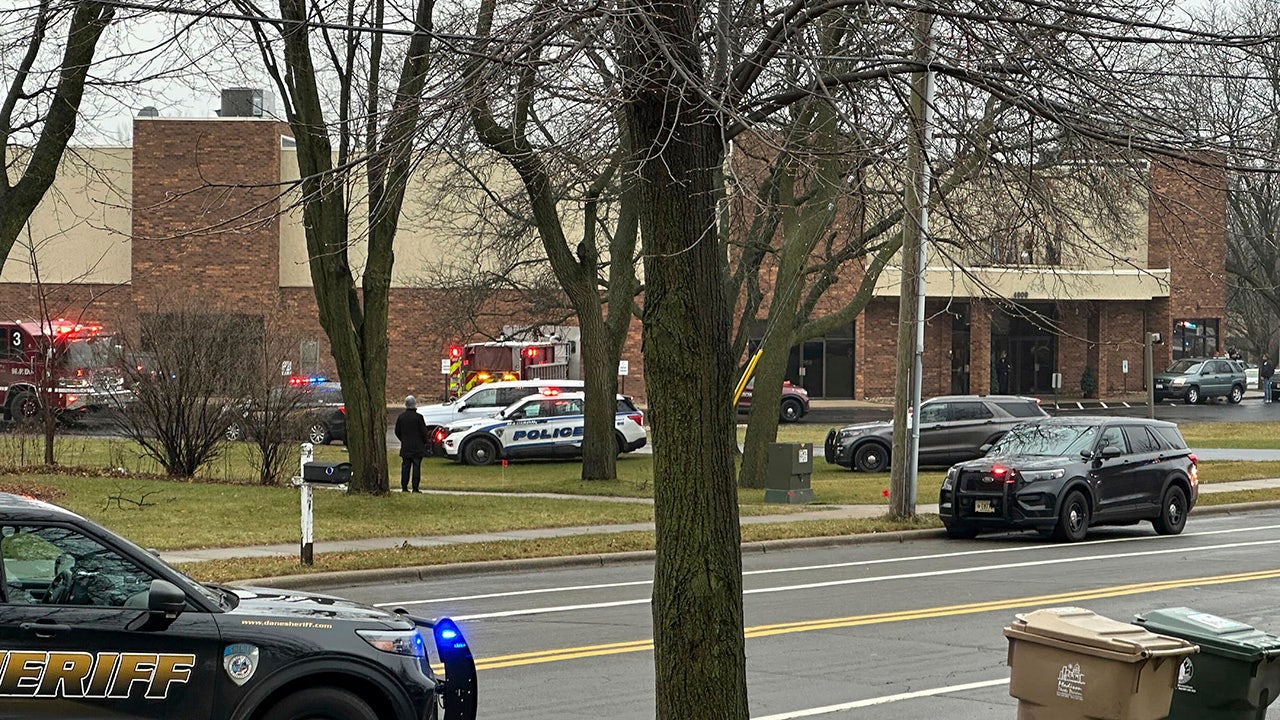By Manya Saini
(Reuters) -Berkshire Hills Bancorp and Brookline Bancorp (NASDAQ:) have agreed to merge in an all-stock deal valued at about $1.1 billion, the regional lenders said on Monday, in yet another sign of increasing consolidation within the industry.
Regional lenders that were at the heart of the banking crisis in 2023 have been cutting more deals this year to expand their geographic foothold and better compete with rivals, extending a wave of deals.
The banks, generally categorized as lenders with assets between $10 billion and $100 billion, have been under immense pressure over the past two years, as high interest rates have dampened borrowing, increased competition for deposits and led to larger losses on commercial real estate loans.
SouthState’s acquisition of smaller rival Independent Bank Group (NASDAQ:) is, at $65 billion, the biggest deal by assets this year. UMB Financial (NASDAQ:)’s takeover of Heartland Financial (NASDAQ:) is close behind.
Both Berkshire Hills (NYSE:) and Brookline are headquartered in Boston, Massachusetts and each hold around $12 billion in assets. The deal is set to create a $24 billion bank with a geographic footprint across five states.
“It (the deal) combines Berkshire’s stable funding base in smaller cities and rural communities with Brookline’s strong lending presence in larger and faster-growing markets,” said Berkshire Hills CEO Nitin Mhatre in a conference call.
Shares of Brookline were last up marginally in afternoon trading, while Berkshire Hills’ shares fell 1.3%.
The combined company will trade on the New York Stock Exchange under a new name and ticker symbol, which will be announced later. The banks expect the deal to close by the second half of next year.
“From a Berkshire perspective, it accelerates commercial banking services and opportunities in the key markets of Boston and Providence,” Brookline CEO Paul Perrault said.
Raymond (NS:) James & Associates acted as exclusive financial adviser to Berkshire on the deal, while Brookline was advised by Hovde Group.
Read the full article here














